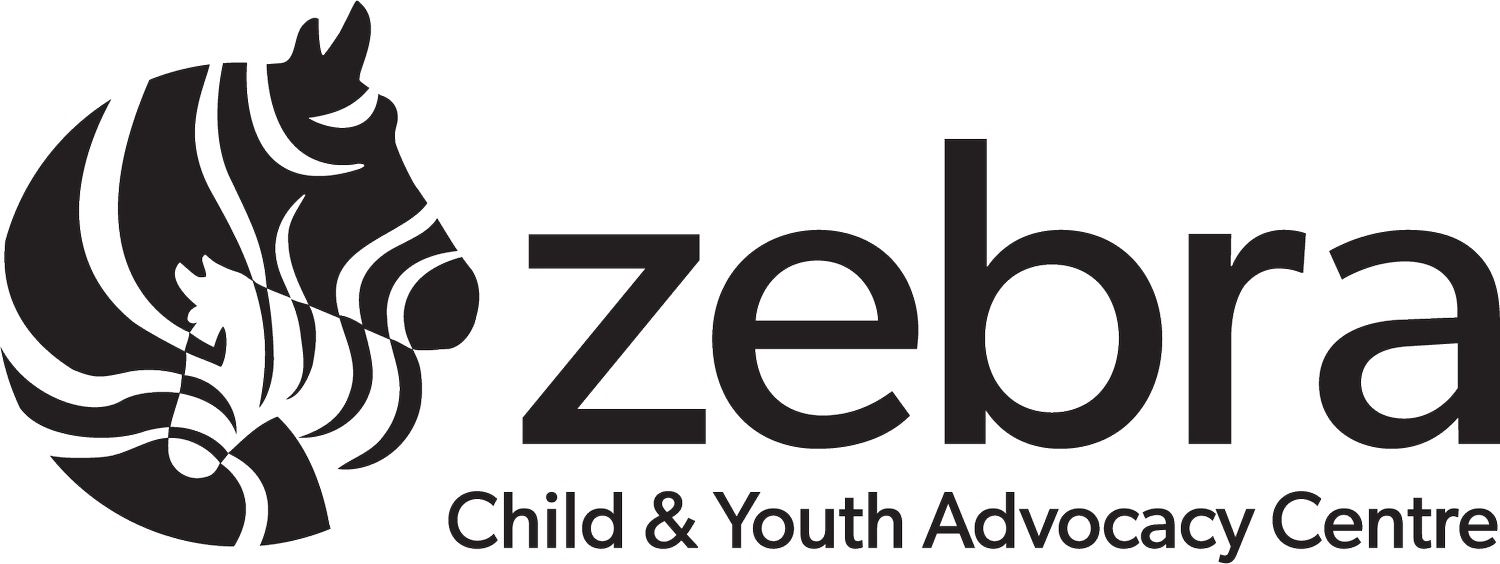What Is Child Abuse?
Child abuse exists everywhere; It is not limited to any particular community or demographic.
Each of us has a responsibility to look out and speak up for those who may be in need. Together, we can create a community that is safer for children and youth.
What is child abuse?
Child abuse is anything that intentionally endangers the development, security or survival of a child.
The 5 Types of Child Abuse:
Emotional abuse: Anything that causes serious mental or emotional harm to a child.
This type of abuse comes in many forms such as verbal attacks on a child’s sense of self, repeated humiliation or rejection. This may also include forced isolation, restraint and causing a child to be afraid much of the time. It is important to note that emotional abuse rarely occurs just once.
Physical abuse: The intentional use of force on any part of a child’s body that results in serious injuries. It may be a single incident, a series or a pattern of incidents.
Sexual abuse: The improper exposure of a child to sexual activity, behaviour or contact.
This occurs when someone takes advantage of a child or youth through sexual touching, intercourse or exploitation. Sexual abuse is also includes non-contact abuse such as exposing children to sexually explicit content and asking them inappropriate questions of personal or sexual nature. Sexual abuse can also be facilitated through online platforms.
Neglect: Any lack of care that causes serious harm to a child’s development or endangers the child in any way.
Physical neglect is the failure to meet the child’s physical needs, such as failing to provide adequate nutrition, clothing, shelter, health care and protection from harm.
Emotional neglect is the failure to meet the child’s needs for affection and a sense of belonging.
Exposure to domestic violence: This is being witness to violent behaviour between family members.
What is Grooming?
Grooming is a method used by offenders that involves building trust with a child and the adults around them in an effort to gain access and control the child.
What is the Purpose of Grooming?
To reduce the likelihood of abuse being detected.
To manipulate the adults around the child.
To reduce the chances that the child will be believed if they disclose.
To manipulate the child into becoming cooperative, which decreases the likelihood of a disclosure and increases the chances of the child returning to the offender.
How to Respond to a Disclosure:
If a child or youth trusts you with a disclosure of abuse, it is important to be prepared with a response that assures them that they are heard and safe.
Remain Calm & Be Strong: Do not let the child see or sense any negative emotions or reactions.
Be an Active Listener: Thank the child or youth for sharing. Document info for the investigation without seeking additional details.
Let the Child Lead: Do not fill in any or ask leading questions. Let the child explain in their own words.
Assure the Child: Reassure the child they are not at fault and they will be kept safe by trusted adults. Don’t promise outcomes such as, “the offender is going to jail”
Practice Self-Care: Receiving information regarding child abuse can be difficult. Recognize when you are in need of assistance following a disclosure.
Report to Authorities: Please contact us for resources and other additional contacts that will aid you in reporting this case of child abuse.
Support Following a Disclosure:
Structure: Maintaining routines and providing structure will help the child or youth feel safe.
Connection: Be sure to check in with the child or youth and regularly assure them you are there to support them.
Confidentiality: The disclosure should only be told to those who it is important to be informed of the abuse.
Boundaries: Providing security to the child and youth by outlining boundaries and appropriate behaviours.
Reports of child abuse must be made to the following reporting sources:
Edmonton Police Service Complaint Line: 780-423-4567
Child Abuse Hotline: 1-800-387-5437 (KIDS)
Kids Help Phone: 1-800-668-6868 or Text CONNECT to 686868
Crime Stoppers: 1-800-222-8477
Online Exploitation: www.cybertip.ca
Or your local police/RCMP detachment.
Sources: www.albertacacs.ca, www.cybertip.ca, https://www.protectchildren.ca, www.protectkidsonline.ca
